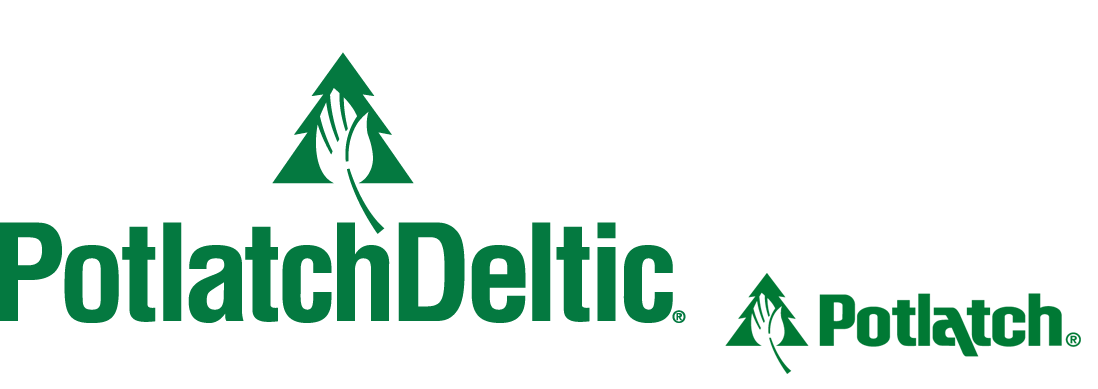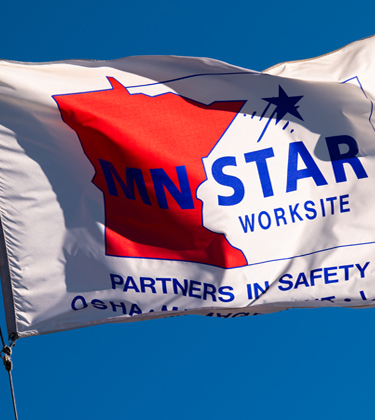
Health and Safety
Focused on Health and Safety
Safety is a core value at PotlatchDeltic. Our team members are our greatest asset, and we focus on their health and safety without compromise. Keeping team members and on-site contractors safe is a critical underpinning to our success.
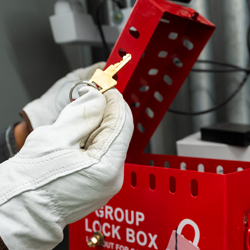
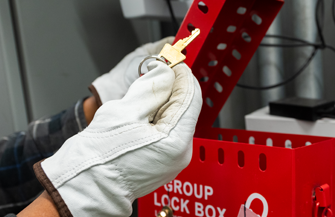
HEALTH AND SAFETY
Our health and safety commitment is implemented through our Corporate Conduct and Ethics Code, Environmental, Health, and Safety Policy, Supplier Code of Conduct, and the systems, procedures, and best practices established for our businesses and locations. Our procedures and systems meet or exceed the requirements of the Occupational Safety and Health Administration (OSHA) and incorporate best practices with a focus on continuous improvement. We strive for zero safety incidents and our measurement goal is zero OSHA recordable injuries at all operations.
Our team members and our Company recognize the responsibility of every individual to be accountable for themselves and for those around them and to commit to making safe decisions in every situation. In addition, any team member or contractor concerned that safety protocols and practices are not being followed can report that concern to management or anonymously through our hotline.
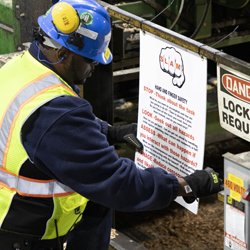
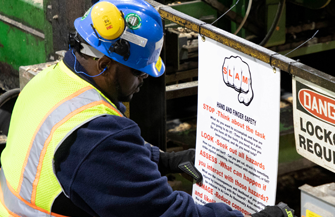
WOOD PRODUCTS
Safety is a core value at PotlatchDeltic where each Team Member is expected to make safety part of their decision-making process. Each wood products facility has well-established, site-specific health and safety systems, procedures, and practices to enable full implementation of OSHA and other health and safety requirements and a culture of best practices and care for people. The safety culture is supported by several division-wide procedures and approaches, which are reviewed each year as part of the continuous improvement process. Annual internal and periodic external audits are also used to identify and improve processes. Each facility has an emergency response plan.
The safety system at our wood products facilities applies to all Team Members and to vendors, suppliers, and contractors working on our premises. All Team Members are required to follow safety guidelines and to be engaged in exposure reduction by identifying, eliminating, reducing, or controlling hazards. Our wood products facilities have a divisional safety manager who oversees the health and safety programs, conducts annual reviews and safety audits, and guides safety plans according to legal, regulatory, and company guidelines for the entire division.
In addition, each facility has a safety manager who implements and manages a comprehensive safety program that includes components such as training, performing safety-related audits, implementing contractor safety requirements, and building Team Member engagement with site specific Safety Committees. Safety Committees comprised of cross-functional teams that include management, supervisors, and hourly Team Members meet regularly and are utilized for their first-hand knowledge of safety concerns and to improve safety communications. A safety audit team conducts inspections and audits regularly. The Safety Committee shares any issues identified with mill leadership, schedules action plans, and develops appropriate corrective actions.
The foundations of our wood products health and safety system include hazard identification, risk assessment and mitigation, incident investigation, and safety training. Hazards are identified through methods including pre-shift inspections, audits, behavior-based safety observations, job hazard identification processes, change analysis, and incident reviews. Risk assessments use a hierarchy of controls for inherent risks that cannot be eliminated. This process is supported by near-miss reporting to develop risk mitigation of hazards. All recordable injuries and any near-miss incident which could have resulted in severe injury are investigated by the site management team using approaches including root cause analysis. Sustainable corrective actions are put into place and a divisional review for knowledge share is executed for significant incidents.
Every Team Member has the responsibility to stop work in an unsafe situation, to leverage peer-to-peer accountability, and is expected and encouraged to report unsafe or hazardous work conditions. There are several avenues to report hazards including open-door policies with safety managers and leadership, safety work orders, submission of a hazard recognition forms, entering the hazard recognition into an online reporting platform, or utilizing our anonymous reporting hotline. A consultative environment exists at each facility regarding safety. Team Members are encouraged to report hazards and risks frequently and are recognized for this through a quarterly safety recognition program.
Hazard recognition and near miss reports are reviewed by facility leadership and safety managers to ensure follow up and sustainable corrective actions are completed. Work-related incidents are investigated swiftly and thoroughly by deploying a range of investigative tools depending on incident severity. Our online health and safety incident management system is used to track incidents and near misses and to assign and monitor corrective actions. Retaliation against anyone who raises concerns or reports an unsafe work practice is prohibited.
New Team Members and Team Members given a new task are required to complete safety training and an assessment as part of their orientation. A job safety analysis (JSA) is required for new hires and Team Members prior to starting a new task. Training and communication about safety is conducted regularly through meetings, specialty classroom training workshops, daily pre-shift meetings, and online training modules during operating hours. To keep safety at the forefront, safety topics and issues are a standard agenda item and discussed with opportunities for questions or clarifications. In addition, a divisional focus on risk assessment was implemented in 2021 including initiatives such as Stop, Look, Assess, and Manage (SLAM) and an updated hazardous energy control process.
Occupational health services provided at facilities include ergonomics analysis, scheduled athletic trainer and physical therapist visits as a proactive approach to soft tissue injuries, and vaccination clinics. Worker health is also promoted through facility wellness initiatives to promote a healthy lifestyle. These range from a year-long wellness points contest to organized events and challenges.
Contractors, suppliers, and vendors are expected to comply with our safety systems and procedural guidelines and report unsafe or hazardous work conditions. An online contractor / supplier management system tracks contractor insurance, certification, and health and safety records for those contractors expected to work on site. These contractors are scored on health and safety program status, Total Recordable Incident Rate (TRIR), Days Away, Restricted or Transferred (DART), experience modifier, safety citations, number of fatalities, insurance, completion of a PotlatchDeltic questionnaire, acknowledgment of the Supplier Code of Conduct, and written safety programs. This system enables efficient monitoring of contractor compliance, performance, and training. Only approved contractors that meet established training and performance requirements are permitted to work on site. Contractors receive annual training, which includes site specific emergency response plans.
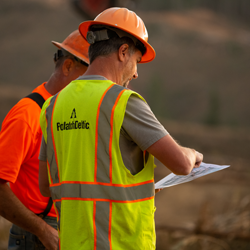
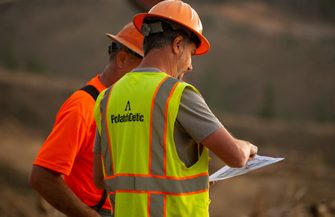
TIMBERLANDS
Timberlands and rural real estate use a comprehensive health and safety management system to meet or exceed OSHA requirements, any state requirements, and industry best practices. Each location has emergency response plans for fire, weather, and other emergencies and has annual drills to prepare for these emergencies.
The management system applies to all PotlatchDeltic Team Members in these businesses and to all timberland contractors. Regional safety committees are responsible for maintaining the safety program, ensuring communication, and highlighting issues of concern to management and Team Members. The committee consists of a cross-section of forestry specialists from each district appointed by regional managers.
Hazards are identified routinely, and risk elimination or mitigation measures are implemented. Significant hazards often relate to driving-related issues on logging roads, remote interactions with other stakeholders, and wildfire. Team Members are encouraged to engage in open communication on hazards and report any concerns to managers or through our hotline.
An online tracking system is used to record safety incidents and near misses. Regional managers highlight safety priorities and review near misses at monthly and weekly meetings and district managers conduct weekly operations meetings and do the same, all with an intent to continually improve safety related performance. Regional safety committees meet quarterly to review results and discuss any new hazards, incident investigations, and safety training requirements.
Safety training is completed using an online training system that matches appropriate safety courses to job positions and the unique responsibilities of those positions as well as in-person workshops. Courses are based on a risk analysis and training is provided to eliminate, minimize, and report those risks. Annual internal audits look at safety near misses and adherence to safety policies. In addition, annual external audits are used to monitor and report safety issues.
Contractor safety is a focal point of our timberland safety program. Timber harvesting, road building and trucking contractors must meet stringent state and federal OSHA safety regulations and all such contractors undergo annual industry specific and PotlatchDeltic safety training. State logger safety organizations also provide annual training to qualified logging professionals, which is a requirement to be on PotlatchDeltic’s approved contractor list. Annual contracts with these contractors require adherence to OSHA and PotlatchDeltic safety policies. Training is tracked to ensure contractors are sufficiently prepared for safety issues and emergencies. We monitor contractor safety performance through activity and safety equipment inspections in the field and conduct annual internal and external audits. Contractors are encouraged to provide communication and feedback on hazards and safety concerns through discussions with Team Members or through use of our hotline.
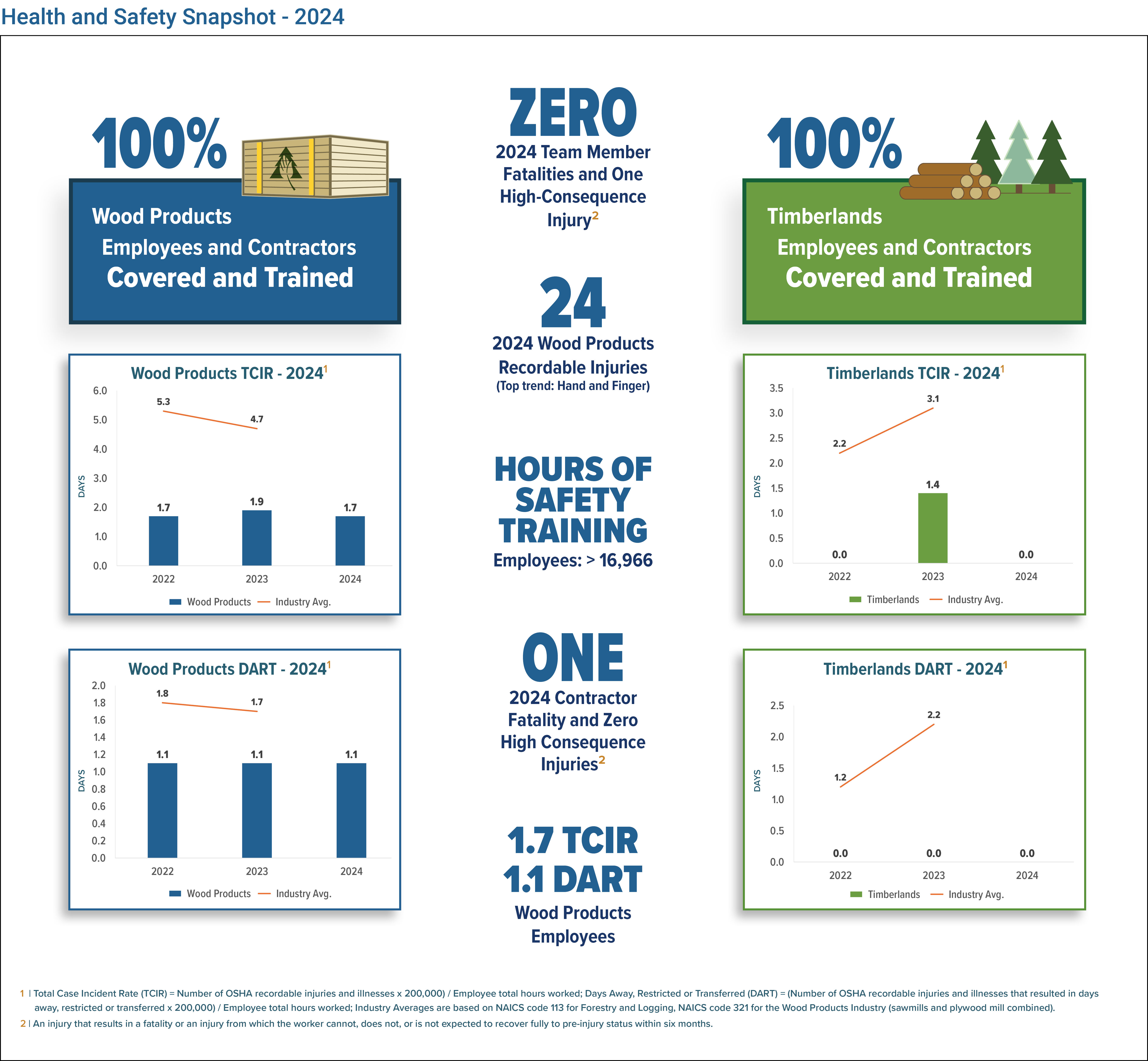
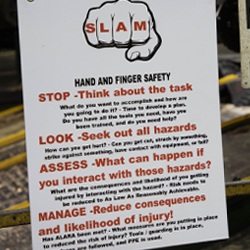
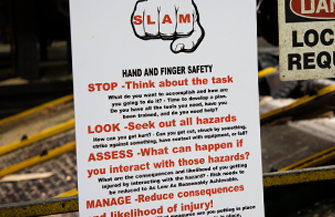
The SLAM (Stop, Look, Assess, Manage) technique is used across all our wood products facilities as a risk assessment program. SLAM reinforces the responsibility of every individual to be accountable for themselves and for those around them and be aware of the risks of hazards before beginning certain tasks.
LEARN MORE ABOUT SLAM
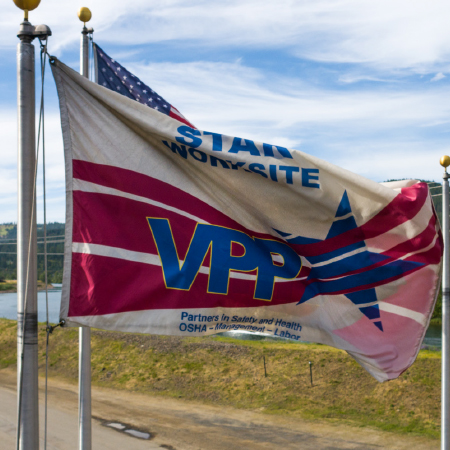
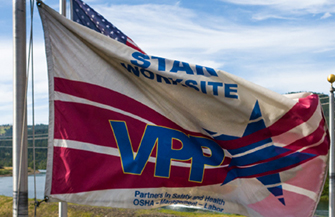
The Occupational Safety and Health Administration (OSHA) administers the Voluntary Protection Programs (VPP), which represent a cooperative relationship to encourage excellence in worksite-based safety and health. VPP sets performance-based criteria for the safety and health system at worksites operated by private industry and federal agencies and, after a worksite applies for admission to the program, OSHA assesses the worksite against these criteria.
LEARN MORE ABOUT FOCUS ON VPP
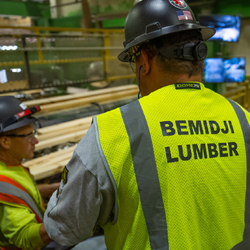
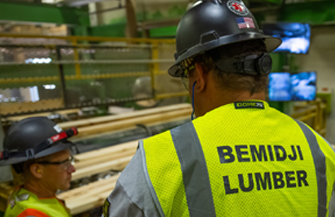
Emergency services response times in rural areas increases the risk that a relatively minor incident grows into a catastrophic event. For example, at the Bemidji mill, fire, medical, or confined space emergencies can take anywhere from 16 to 30 minutes, sometimes longer, for emergency responders to reach.
LEARN MORE ABOUT BEMIDJI EMERGENCY RESPONSE TEAM
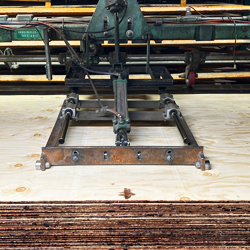
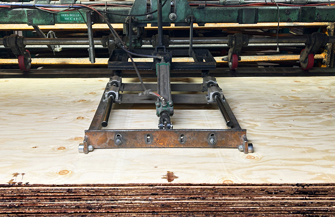
PotlatchDeltic’s plywood facility in St. Maries, Idaho was evaluating opportunities to increase safety while remaining focused on providing high quality results for specialty panel markets. Veneer sheets move through the layup line with applied glue, and pre-pressed pieces are then fed into the vertical hot press one at a time to bond the plywood panels through the use of heat, time and pressure.
LEARN MORE ABOUT INNOVATION AT ST. MARIES, IDAHO PLYWOOD FACILITY
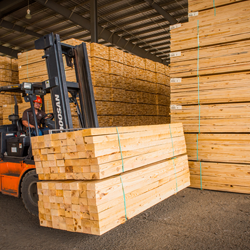
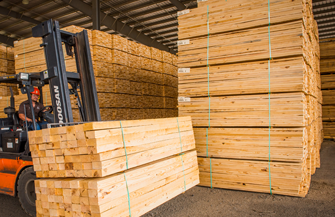
In June 2021, a fire occurred at our Ola, Arkansas wood products facility. The fire began after millwrights completed hot work. The primary log breakdown area of the facility was destroyed in the fire. The internal investigation identified several causes including inadequate hot work preparation and fire watch, poor housekeeping, and inadequate training and accountability.
LEARN MORE ABOUT OLA FIRE


